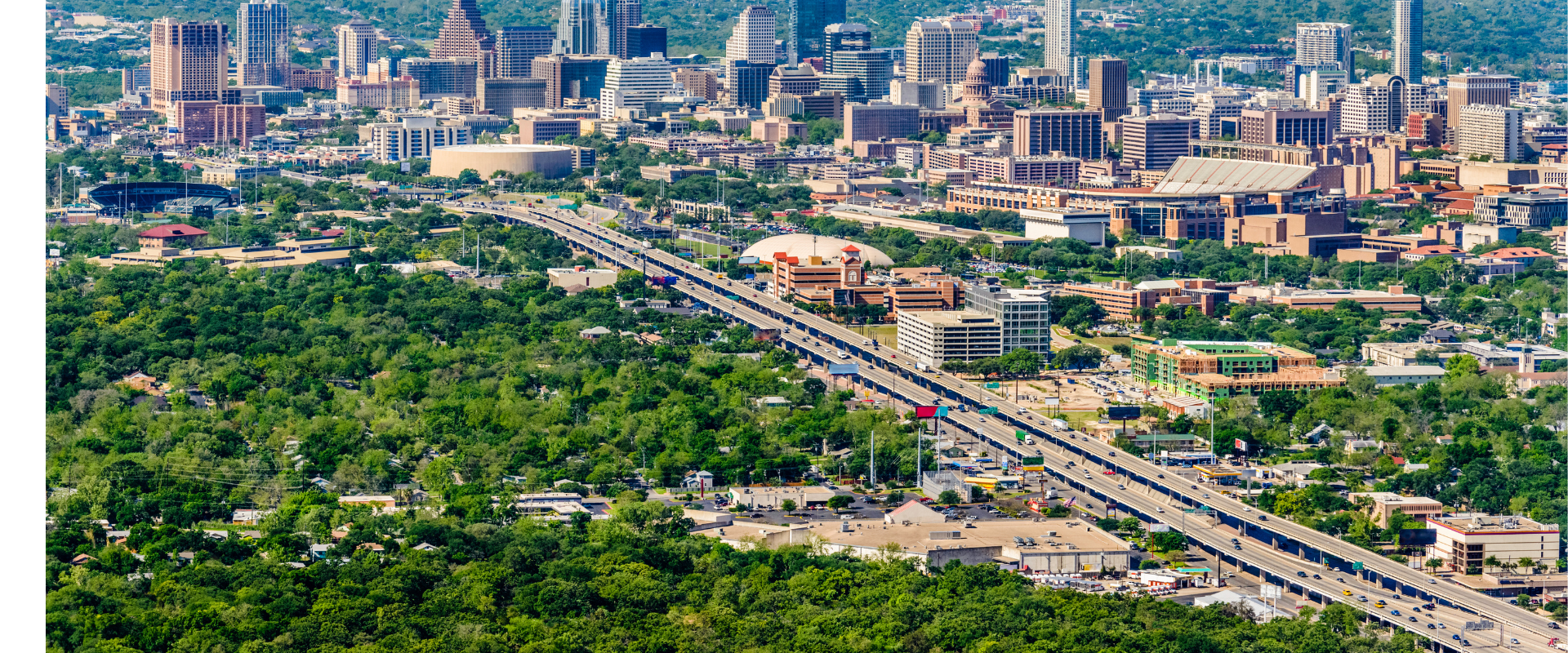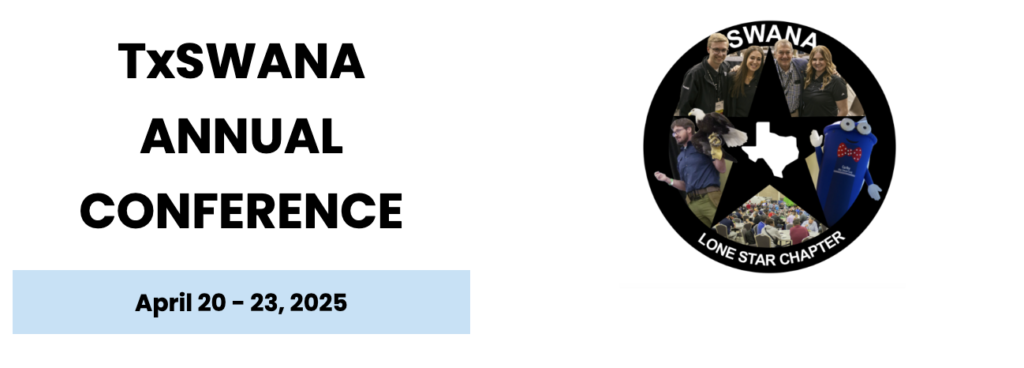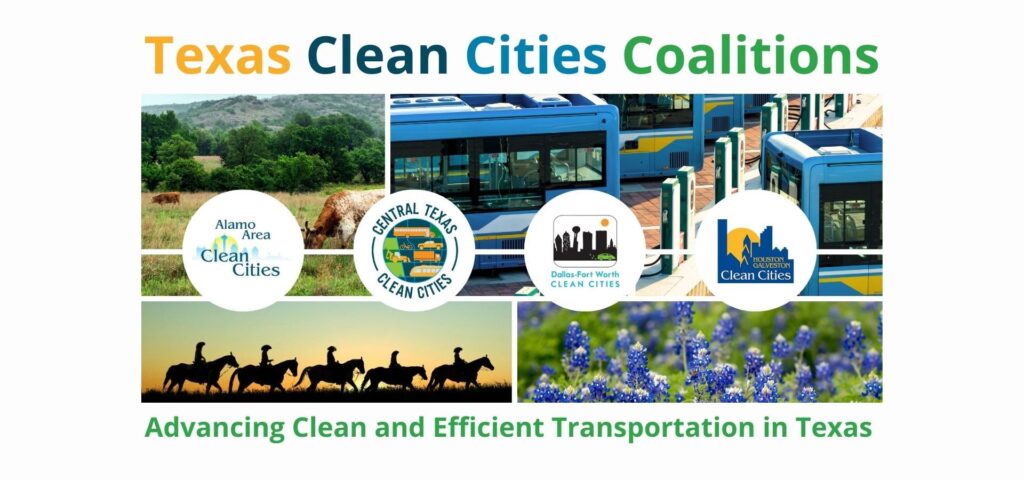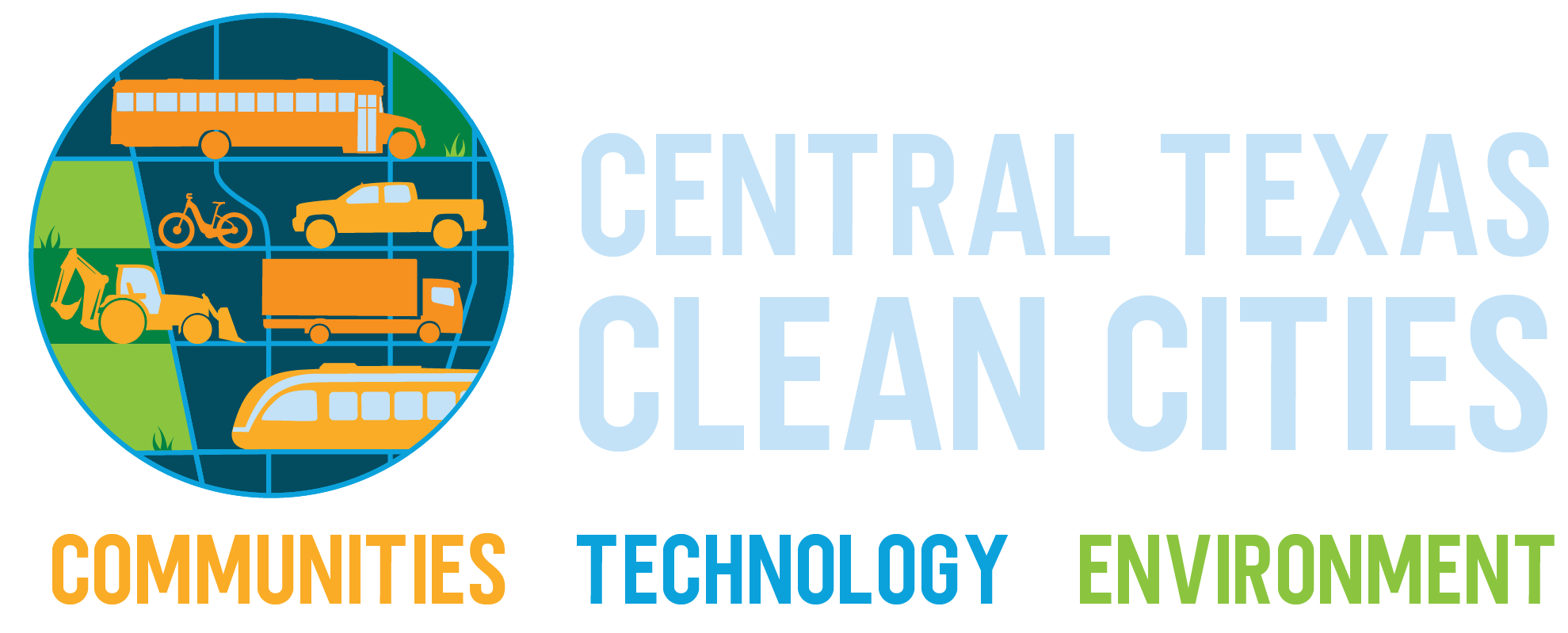
March 2024
Texas is undergoing unprecedented growth with a booming population and a rapidly expanding economy. Projections suggest that by 2045, Texas could surpass California to become the most populous state. Community Impact notes The Austin-Round Rock-San Marcos metropolitan area—including Bastrop, Caldwell, Hays, Travis and Williamson counties—saw population growth of 7.53% between July 2020 and July 2023 with 173,000 new residents. It now ranks as the second-fastest growing region in the country, just behind Jacksonville, Florida.
The State of Texas Infrastructure
The American Society of Civil Engineers (ASCE) recently graded Texas infrastructure a C, highlighting both advancements and persistent challenges. Roads also improved slightly to a C-, yet Texas still faces rising traffic congestion, which has increased 7% since 2021. Public transit, however, received a troubling D-, underscoring the need for increased funding and infrastructure expansion to meet the demands of a growing population.
As the area population grows, the City of Austin reports the average travel times for Austin arterial roadways grew by 0.1% in 2017, 5.4% in 2018 and 3.4% in 2019. While the rate of population growth has hovered under 3% in recent years, the City’s goal is to keep the rate of increase in travel time lower than the population growth rate – currently travel times on Austin arterial roadways are growing at a faster rate than the City’s population. This is also true for other areas in Central Texas and probably comes as no surprise to Austin commuters.
With this growth comes a pressing question, how can Texas and Central Texas embrace a balanced, multi modal approach?
Currently, the Texas Department of Transportation (TxDOT) has allocated over $37.2 billion for state highway projects to accommodate increasing congestion. While these investments are critical for road maintenance and expansion, they do little to support alternative transportation solutions that could reduce congestion and environmental impacts. A notable effort is TxDOT’s Transportation Alternatives Set-Aside (TA) Program, which provides funding for bicycle and pedestrian infrastructure. With approximately $250 million allocated for projects between 2027 and 2029, this initiative will improve safety and mobility for non-motorized options and ease congestion.
More transit
Transit in Central Texas is expanding. Project Connect in Austin, a multi-billion-dollar initiative, is set to modernize and expand rail and bus networks.. CapMetro, Austin’s primary transit provider continues to grow by adding new routes, increasing bus frequency, and recently launched new rapid transit corridors to offer more viable alternatives to driving.
Increased options
Central Texas is at the forefront of transit innovation. CapMetro is incorporating micro-mobility options such as bike and scooter rentals, while CARTS Capital Area Rural Transportation System (CARTS) with a district extending into Bastrop, Blanco, Burnet, Caldwell, Fayette, Hays, Lee, Travis and Williamson counties has introduced on demand-services in certain areas and along with the Hill Country Transit District (The HOP) are providing essential regional connectivity between urban and rural areas. eCab of North America operates a low-speed electric cab and shuttle service for short trips in downtown Austin.
Central Texas is demonstrating how multimodal solutions can support a rapidly growing population.
By continuing to invest in transit, bicycle infrastructure, and pedestrian pathways, Texas can move toward a future where transportation is accessible, efficient, and sustainable..
What is the future of Texas Infrastructure? Is it Car-centric or People-centric or both?

March 1st officially marks the start of Ozone Season, a time when air quality levels are the poorest for the region due to ozone pollution.
The months when the highest levels of ozone are most common are May and June and between August and October. That said, “moderate” levels can start as early as February and as late as November.
Ground Level Ozone is an irritant that can negatively affect human health making it more difficult to breathe, increasing the frequency of asthma attacks, and inflaming or damaging the airways.
You can help to protect air quality by:
Protecting air quality becomes more critical when ozone levels are forecast to reach unhealthy levels, these days are called Ozone Action Day – meaning you should take action to reduce air pollution as well as take action to reduce exposure to ozone pollution.
You can also sign up for Ozone Action Day alerts from Air Central Texas, here.

Central Texas Clean Cities is excited to welcome The Lawn Shoppe at Almighty Rentals as our newest industry partner! We had the opportunity to visit them for their Outdoor Power New Tech Expo where we saw feature items from Kress, Stihl, Wright, Ventrac, and more.
Check out more vendor and equipment highlights from the event, here!
CTXCC EVENTS

The Texas Chapter of the Solid Waste Association of North America (TxSWANA) is hosting their annual conference in Austin from April 20 – 23 at the Palmer Events Center. Central Texas Clean Cities, Alamo Areas, Houston-Galveston, Dallas Fort Worth and the South Texas Clean Cities Coalitions will be speaking on funding. Richard McHale of the City of Austin’s Resource Recovery is the conference organizer.
Yes, an electric refuse hauler will be on display!
For more information TxSWANA conference information click here!

Subscribe to our newsletters for the latest updates, events, and insights.


A U.S. Department of Energy designated coalition in the Clean Cities and Communities partnership.